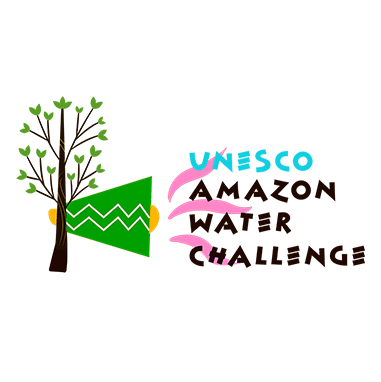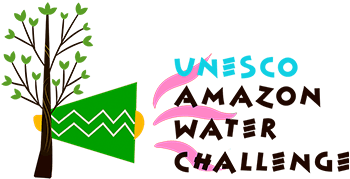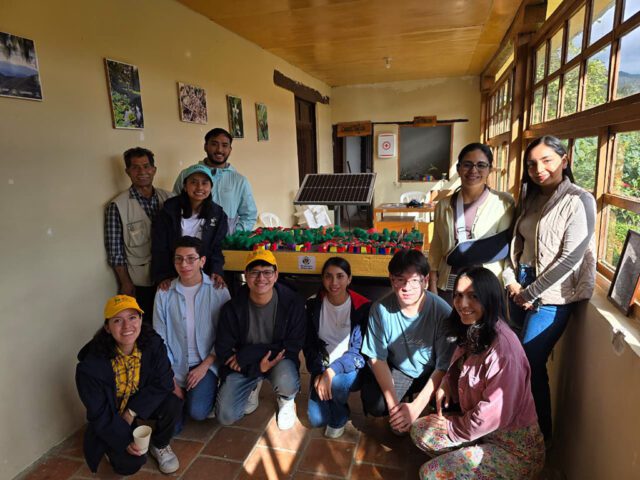From 16 to 19 May 2025, the 24 participants of the UNESCO Amazon Water Resilience Challenge – Ecuador 2025 gathered in Loja for an intensive and hands-on Field Week. After weeks of technical training and online learning, this in-person component brought teams together to deepen their understanding of the real-world challenges facing the Podocarpus–El Cóndor Biosphere Reserve and to start shaping context-based solutions.
Over four days, the teams worked closely with mentors from UTPL, UNESCO, Fonapa, Fundación Ecológica Arcoiris, Resilience, and The Water Agency. They visited the field sites connected to the three case studies, refined their problem analyses, and began developing early solution concepts. These were shared with local stakeholders during a final presentation event on the last day.
Day 1 – Welcome & Workshops
The week began with an official welcome session at UTPL (Universidad Técnica Particular de Loja), featuring opening remarks by Dr. Leonardo Izquierdo (UNESCO Chair on Sustainable Development, UTPL), Ing. Daniel Guerra (Focal Point Biosphere Reserves, Ministerio del Ambiente, Agua y Transición Ecológica), and Dr. Hans Thulstrup (Chief of Section, MAB Networking and Capacity Building, UNESCO).
Following the opening, teams continued working on their assigned case studies, building on the problem tree analyses developed in earlier trainings. They also participated in two practical workshops focused on solution development and stakeholder engagement, preparing them for the upcoming field visits.
Day 2 – Field Visits: Loja and Tambo
On 17 May 2025, participants visited two case study locations: the city of Loja and the village of El Tambo. In Loja, the focus was on the Rio Malacatos and Rio Zamora, two rivers running through the city. Local experts explained the environmental pressures these rivers face, including erosion, pollution, sedimentation, and flooding, and how these issues affect both people and ecosystems.
In El Tambo, participants observed the impacts of water scarcity in a rural setting. They learned how longer droughts (linked to climate change), polluted surface water, and outdated infrastructure have made water supply a growing challenge for this rural community.
Day 3 – Field Visit: Zumbi and Work Session
On 18 May 2025, the group traveled to Zumbi, a village on the Amazonian side of the biosphere reserve. Here, the focus shifted to the effects of mining activity on local water resources. Participants heard from local stakeholders about pollution and flooding affecting farmlands and river health, and how these pressures have disrupted daily life for nearby communities.
In the afternoon, teams returned to the Arcoiris Biosphere Reserve House to continue shaping their solution concepts, drawing from their site visits and feedback from local voices.
Day 4 – Solution Presentations to Stakeholders
The Field Week concluded with a presentation event where teams shared their early-stage solution concepts for the three case studies. The audience included local and regional stakeholders: representatives from the provincial governments of Loja and Zamora-Chinchipe, the municipality of Loja, the Ministry of Environment, Water and Ecological Transition, National Parks, and UNESCO.
Each team presented their findings, explained their proposed interventions, and received feedback from stakeholders. This exchange helped validate their ideas and gave them valuable direction for the next phase of the challenge.
Looking Ahead
In all, the Field Week was a turning point in the program, grounding theory in practice and strengthening the connection between young water professionals and the places they aim to serve. With clearer insights and direct community input, participants will now continue refining their solutions ahead of the next stages of the Challenge.





